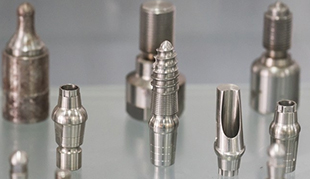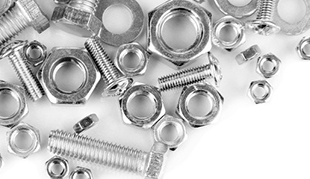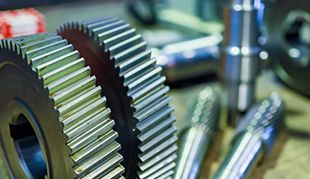The Impact of Metal Injection Molding on Human Health
Metal Injection Molding (MIM) is a versatile manufacturing process that has gained popularity in various industries for producing complex metal parts with high precision. While MIM offers many advantages in terms of cost-effectiveness and design flexibility, there have been concerns regarding its potential impact on human health. In this article, we will explore the potential risks associated with Metal Injection Molding and its effects on the human body.
Understanding Metal Injection Molding
Before delving into its potential harmful effects, let's briefly explain what Metal Injection Molding entails. MIM is a specialized technique that combines the principles of plastic injection molding and powder metallurgy. It involves blending fine metal powders with a binder material to create a feedstock that is injected into a mold under high pressure. The molded part is then debound and sintered to obtain the final metal component.

Potential Health Risks
While Metal Injection Molding is generally considered safe when proper precautions are taken during the process, there are several factors that warrant attention to potential health risks:
1. Metal Powders
The use of fine metal powders in MIM poses a risk of respiratory exposure during handling and processing. Inhalation of these powders can lead to respiratory issues such as metal fume fever or more serious conditions depending on the type of metal used.
2. Binder Materials
The binders used in MIM are often organic compounds that can emit volatile organic compounds (VOCs) during the debinding stage. Prolonged exposure to these emissions can cause respiratory irritation and other health problems.
3. Toxic Additives
Some MIM processes may involve the use of additives, such as plasticizers or lubricants, which could have toxic properties. These substances may leach into the environment or come into contact with the human body during handling.
4. Skin Contact
Workers involved in the MIM process may come into direct contact with metal powders, binders, or other chemicals. Prolonged skin exposure to these substances may cause skin irritation, allergies, or other dermatological issues.
5. Occupational Hazards
MIM is an industrial process, and like any other manufacturing method, it comes with inherent risks. Accidents such as machine malfunctions, burns, or ergonomic issues can also impact the health of workers.

Mitigating the Risks
It is crucial to implement proper safety measures and follow best practices to minimize the potential health risks associated with Metal Injection Molding. Some key measures include:
Engineering Controls: Implementing effective ventilation systems to control airborne particles and fumes, reducing the risk of inhalation exposure.
Personal Protective Equipment (PPE): Providing appropriate PPE, such as respirators, gloves, and protective clothing, to protect workers from direct contact with harmful substances.
Training and Education: Ensuring that all personnel involved in the MIM process are well-informed about the potential hazards and safety protocols.
Chemical Management: Properly handling and storing metal powders, binders, and additives to minimize the risk of exposure and accidental spills.
Regular Monitoring: Conducting regular air quality monitoring to identify potential issues and take corrective actions promptly.
Metal Injection Molding is a valuable manufacturing process that has revolutionized the production of intricate metal components. While it offers numerous advantages, the potential risks to human health cannot be ignored. By implementing appropriate safety measures, providing proper training, and adhering to best practices, the industry can effectively mitigate the health hazards associated with MIM, ensuring a safe working environment for all involved.






